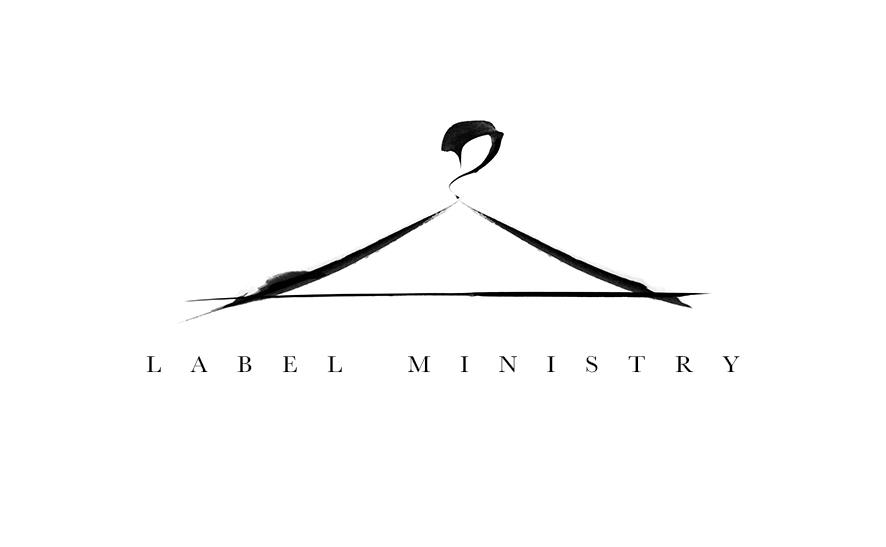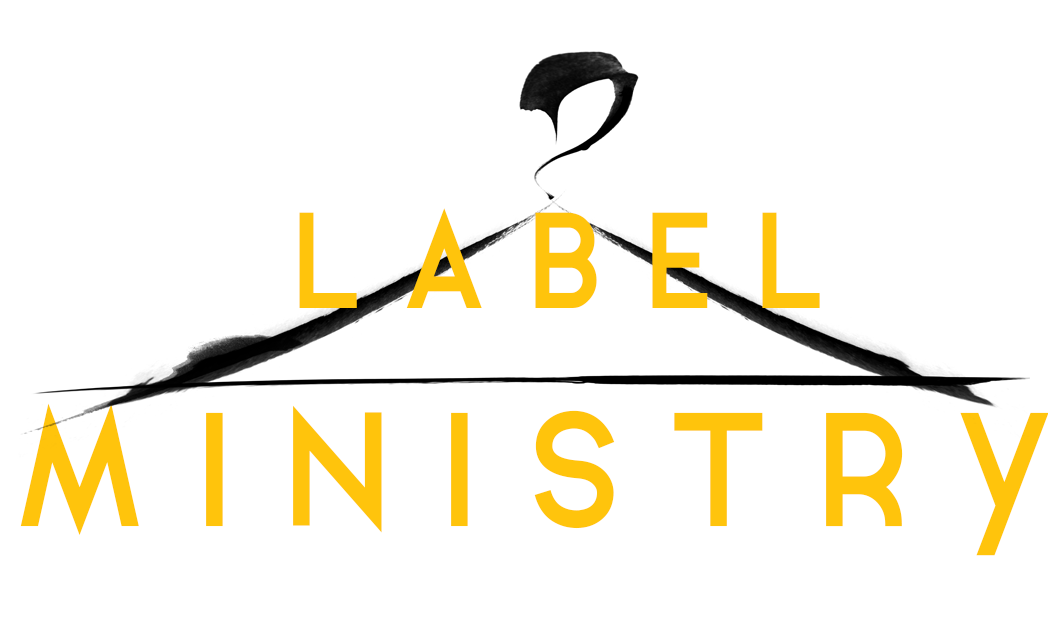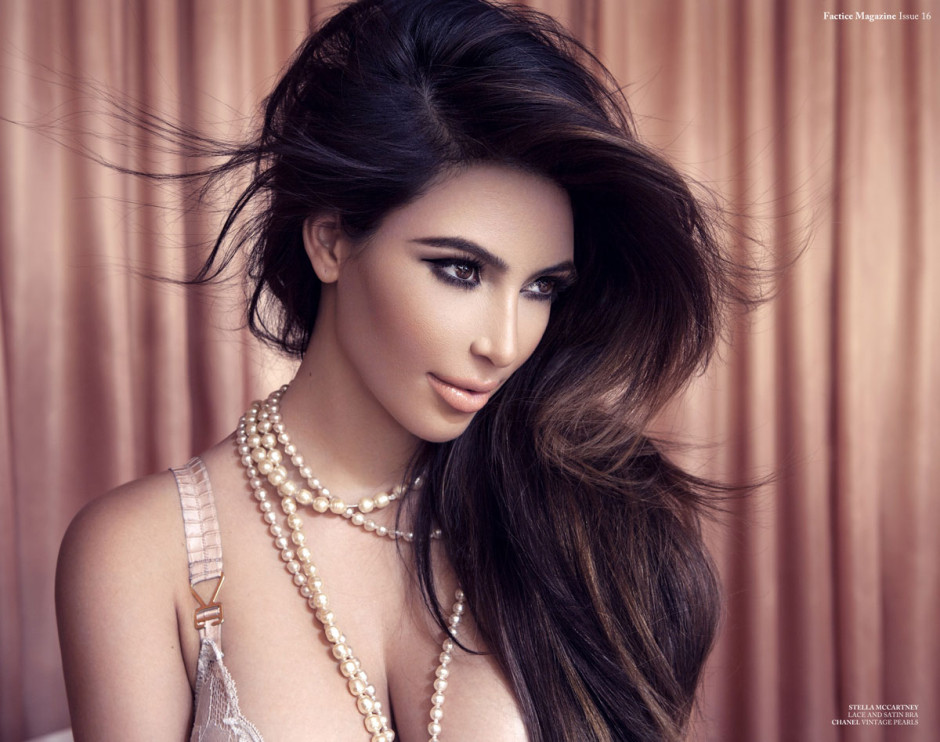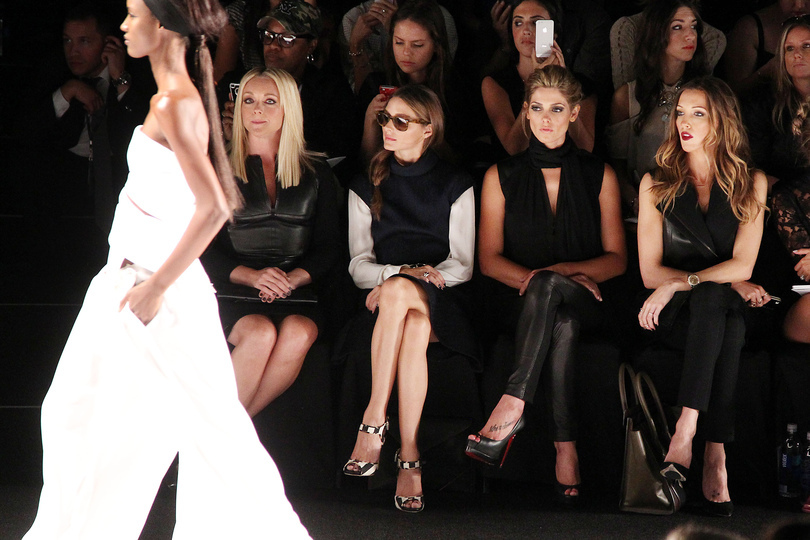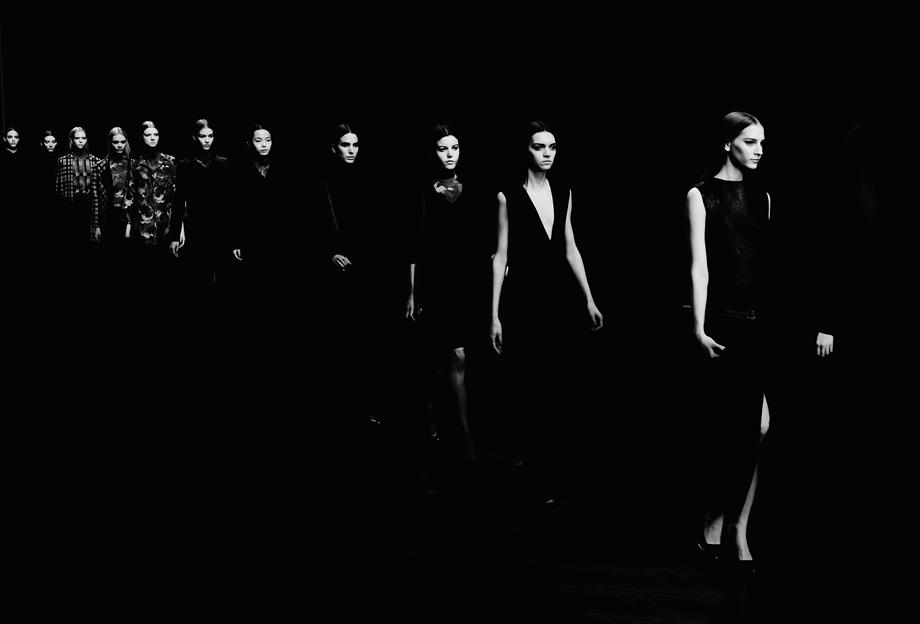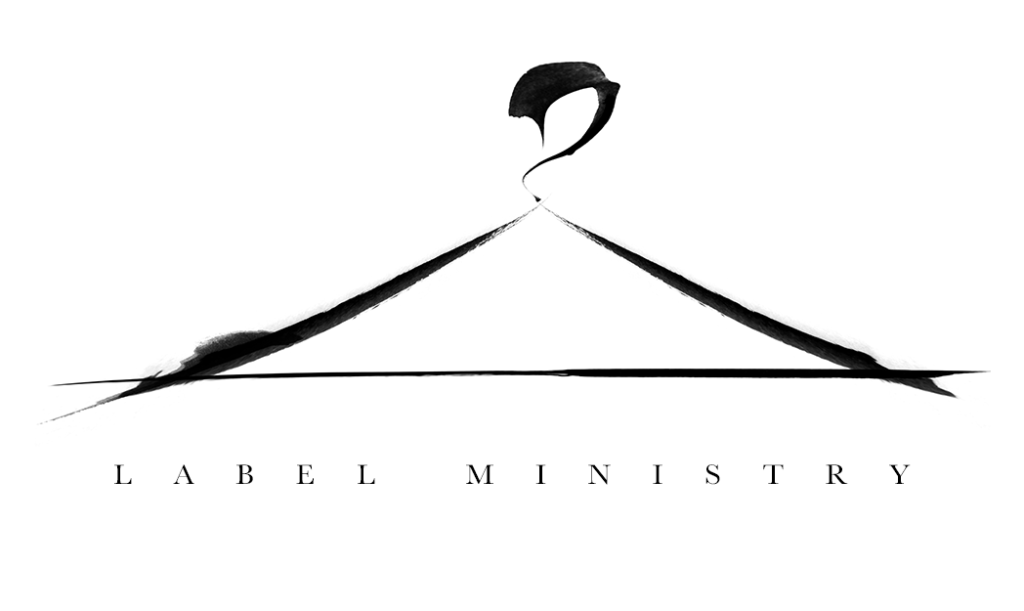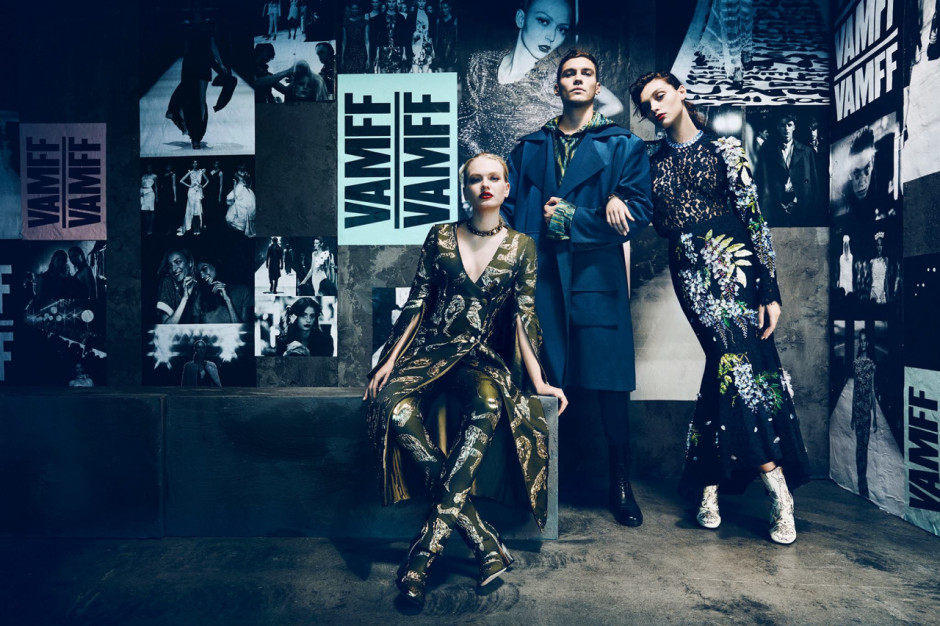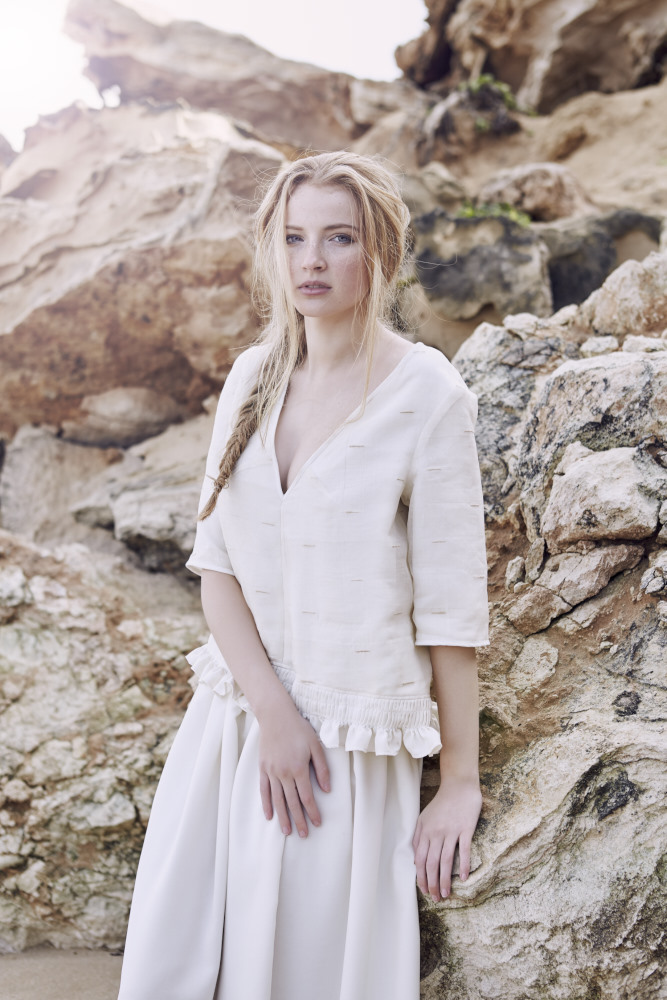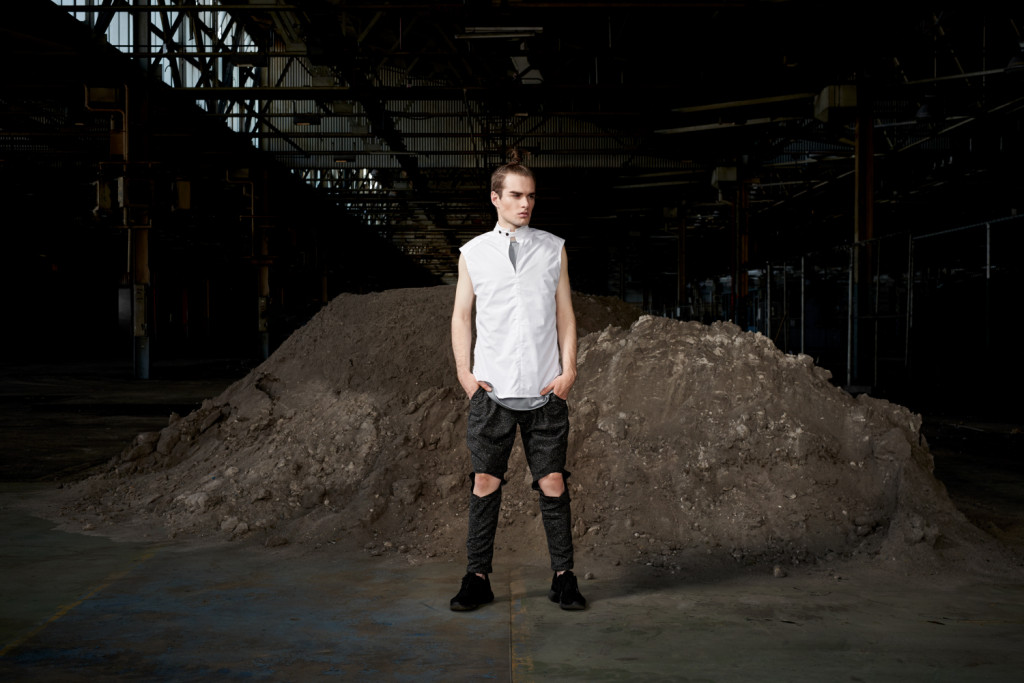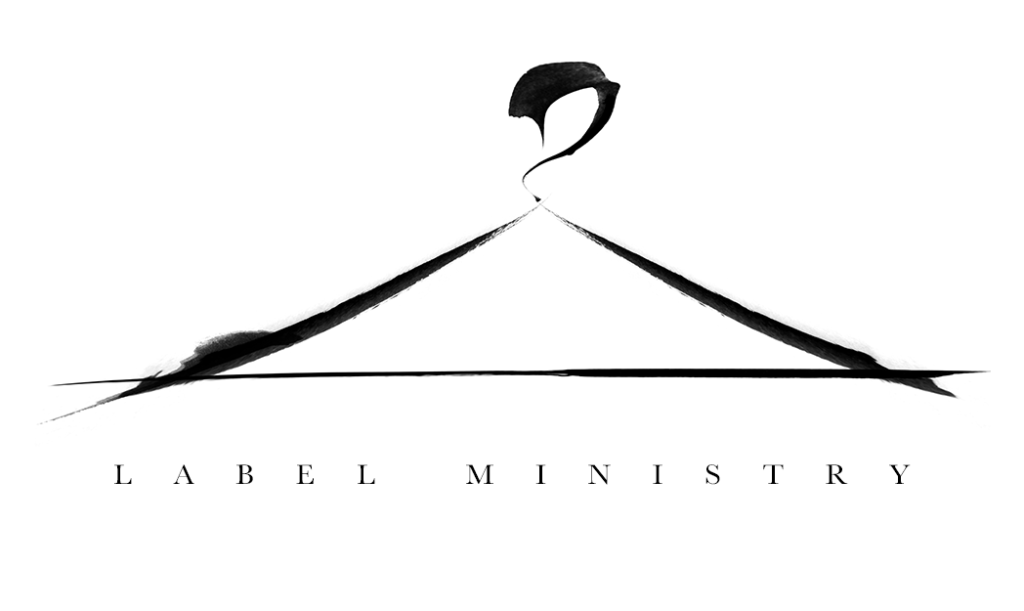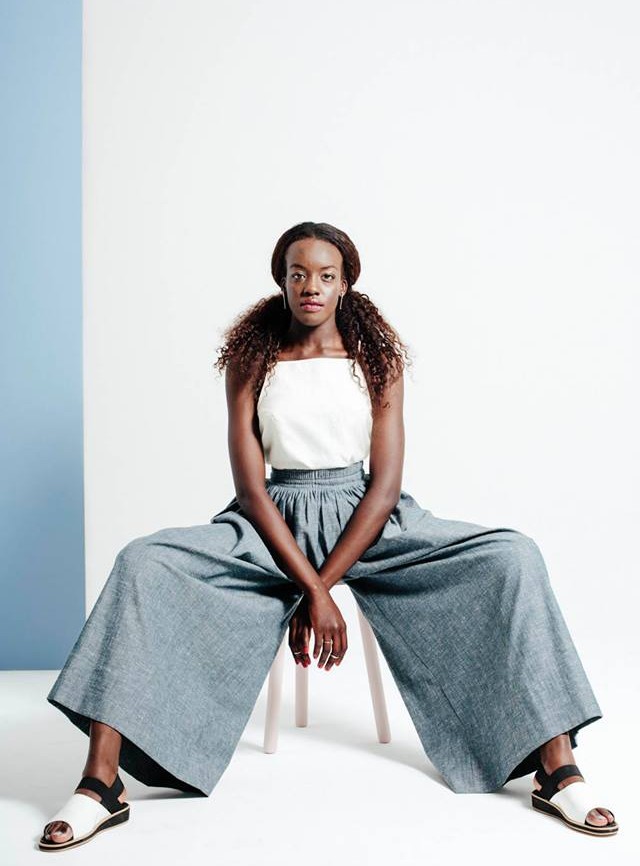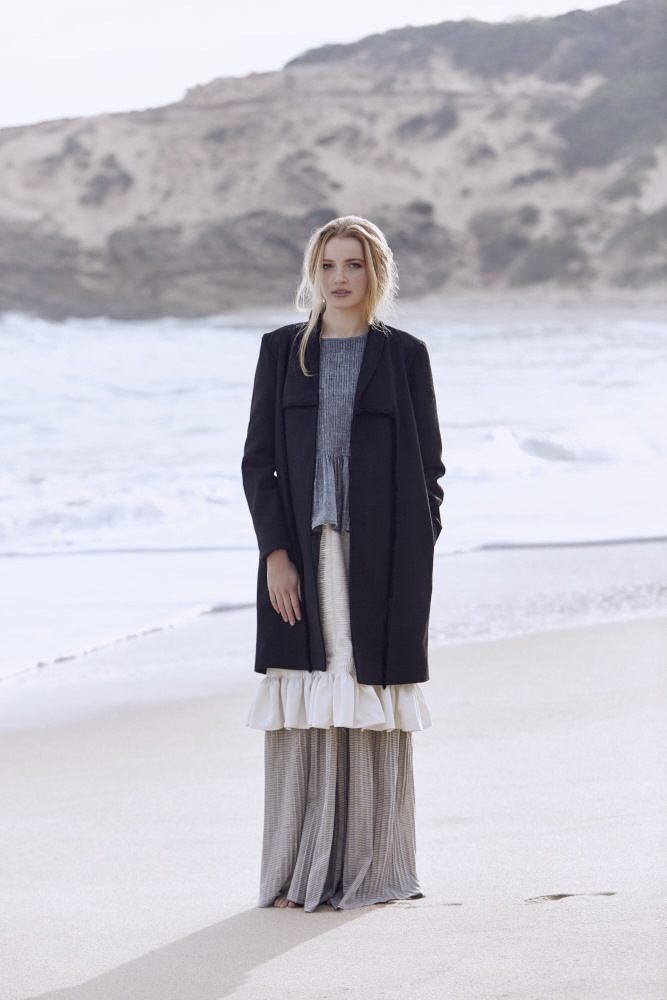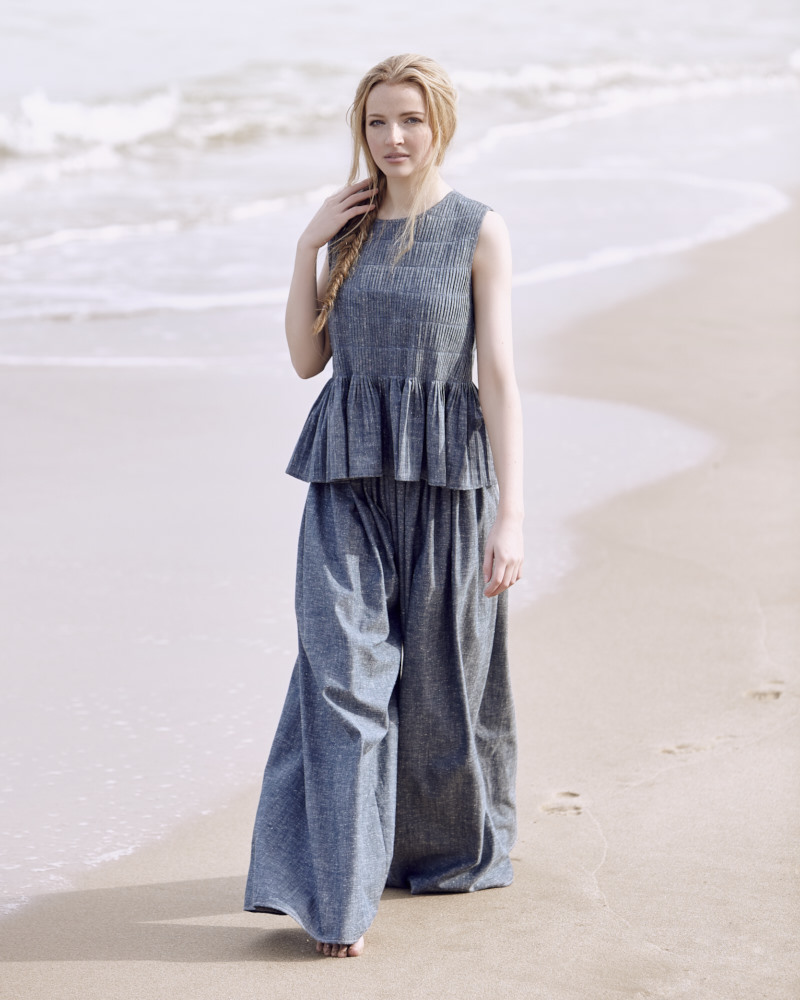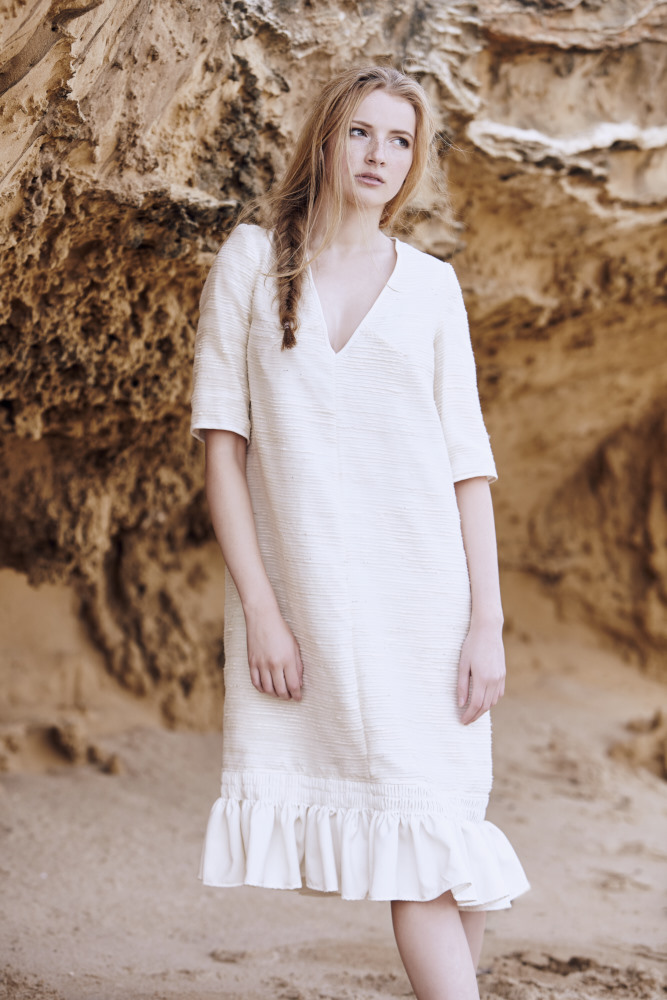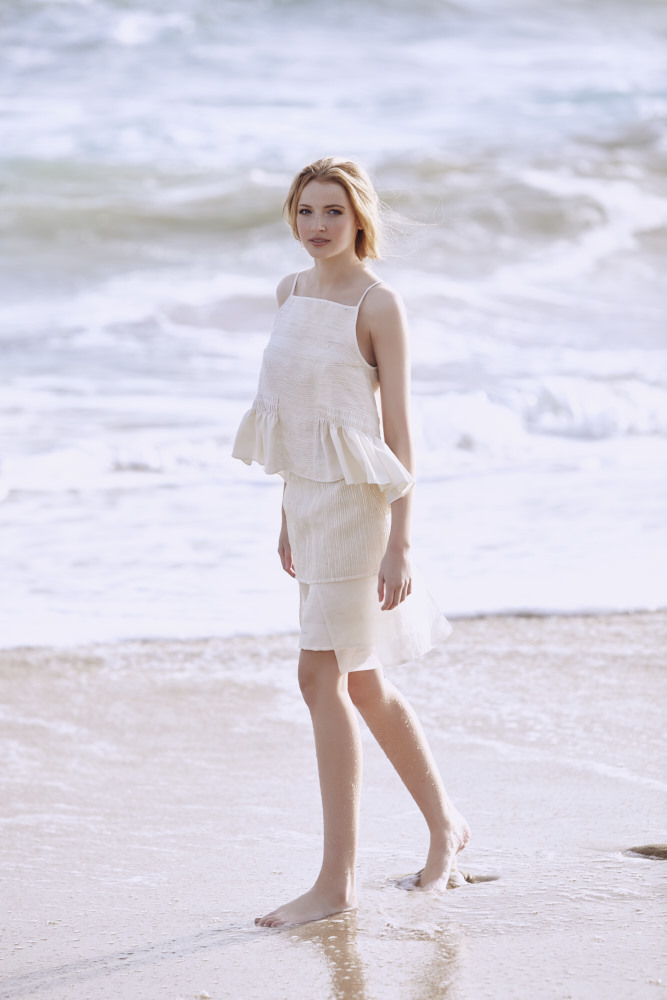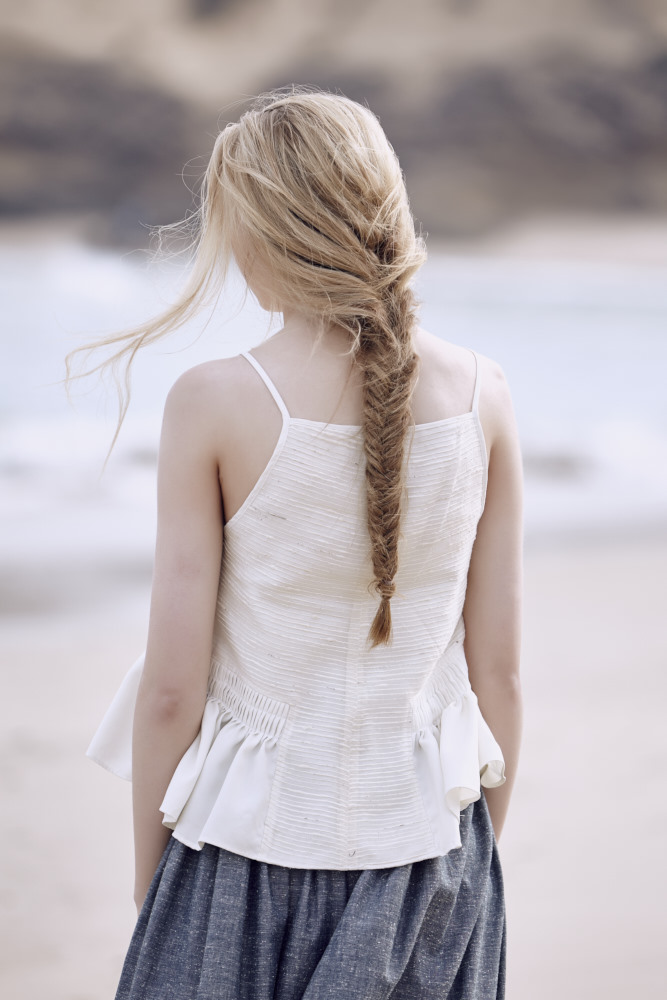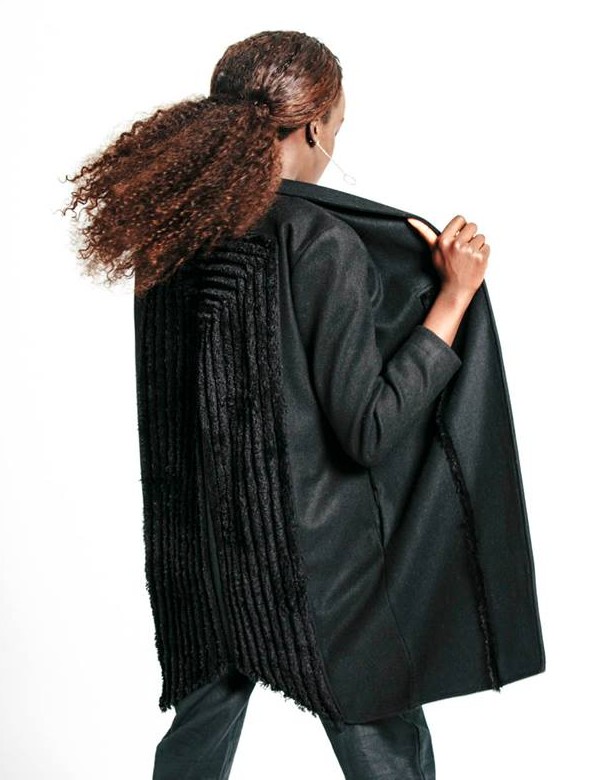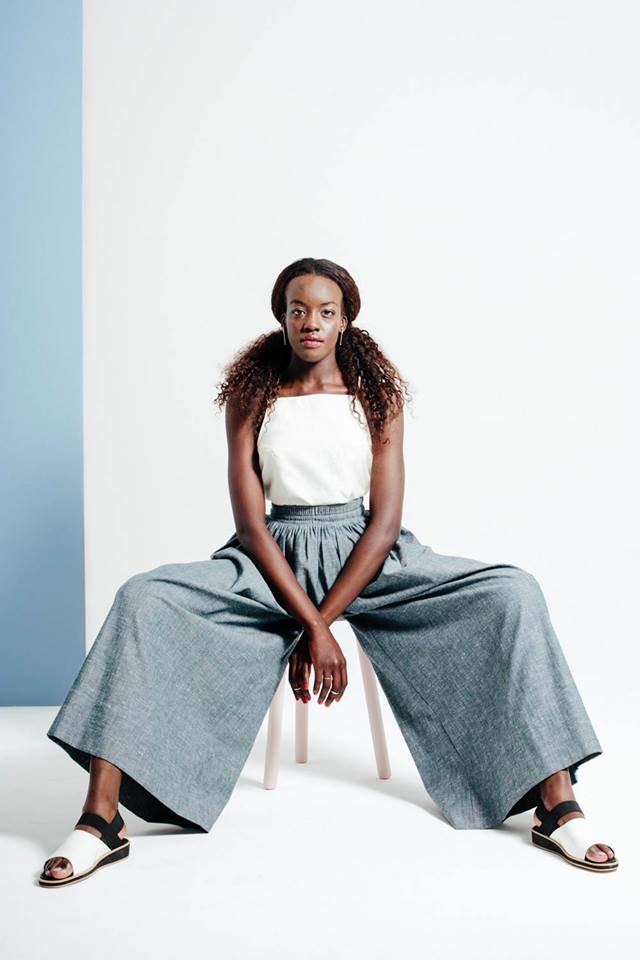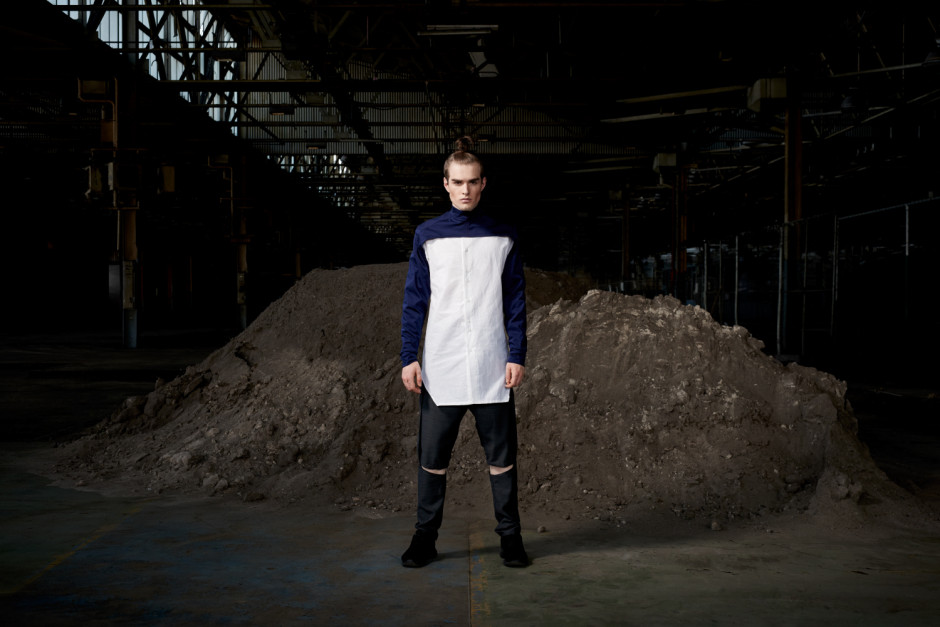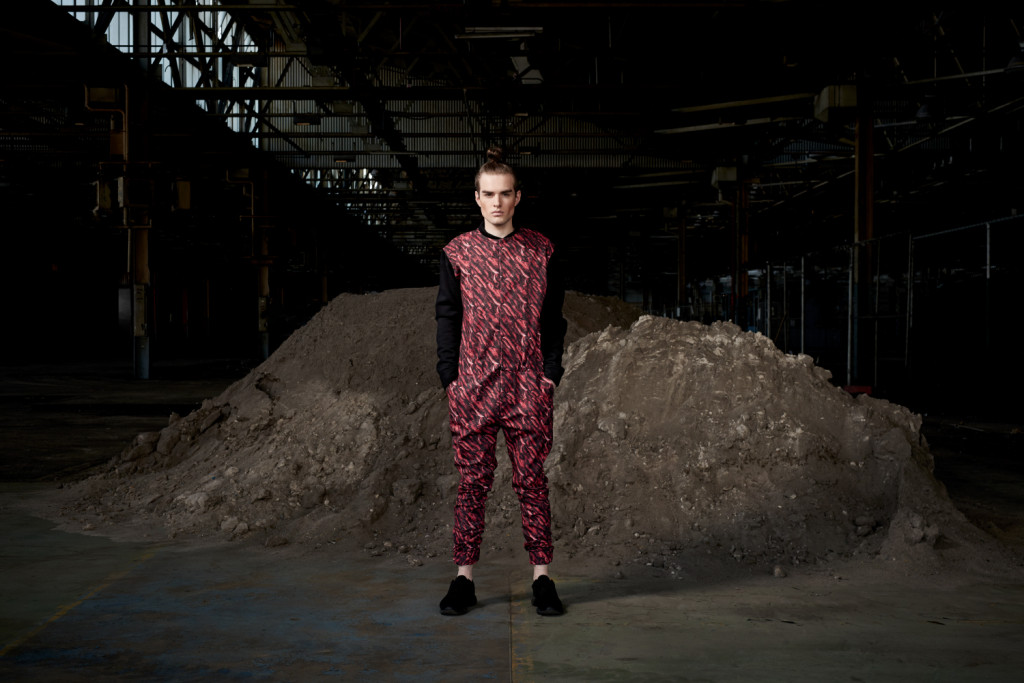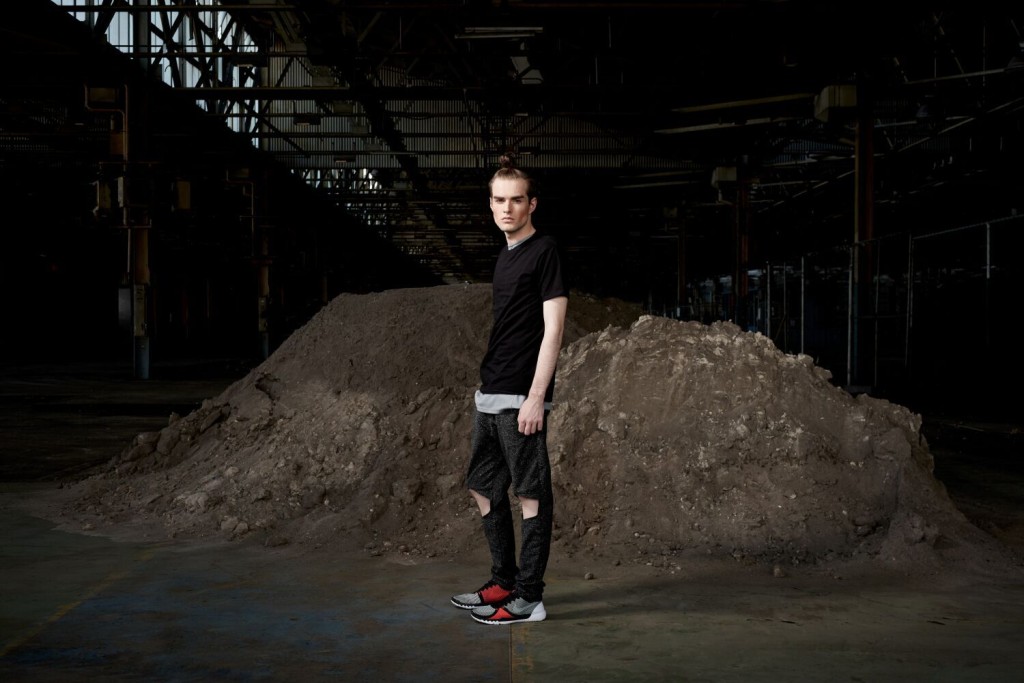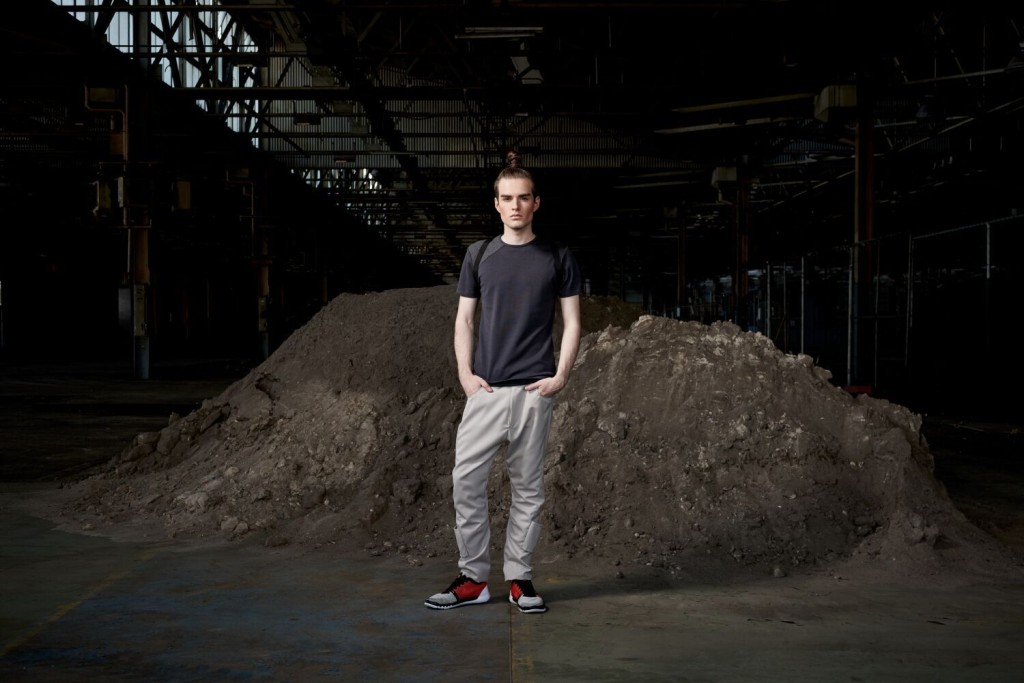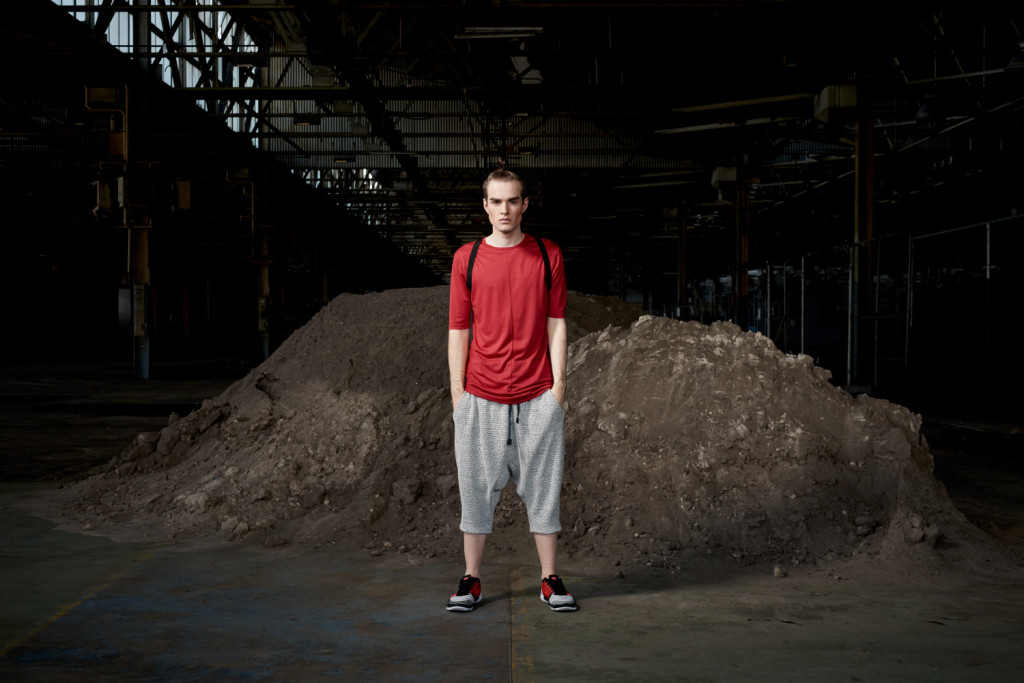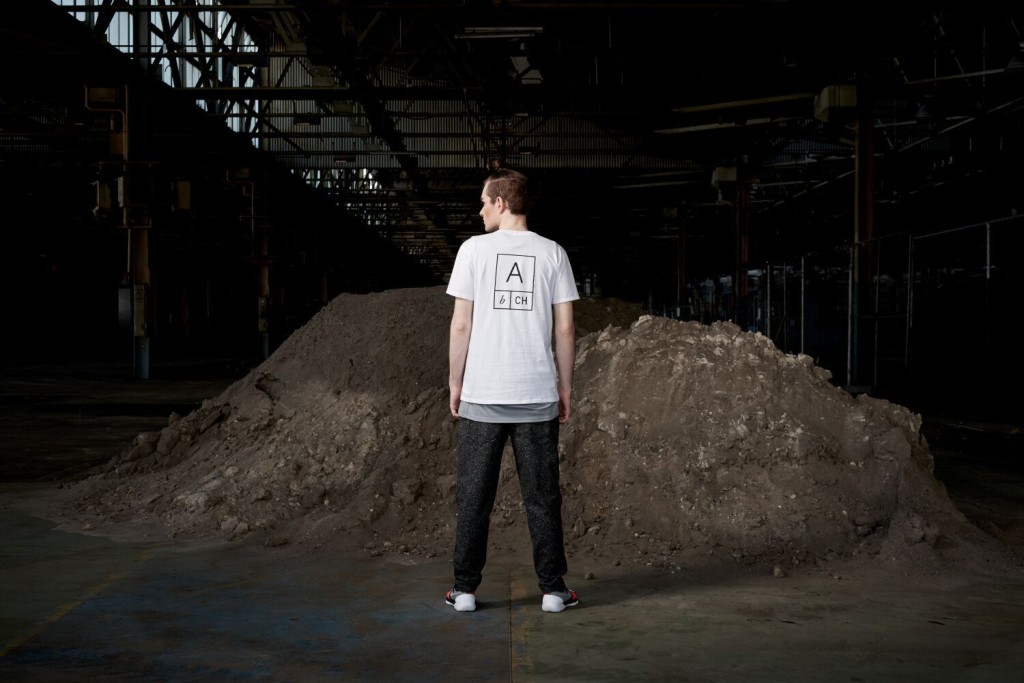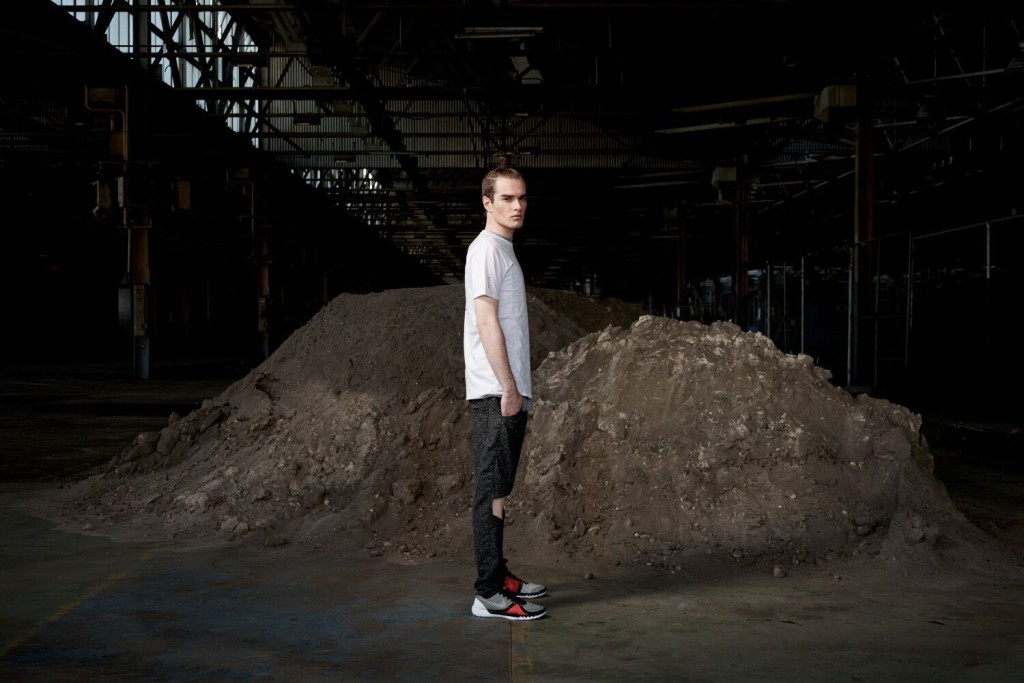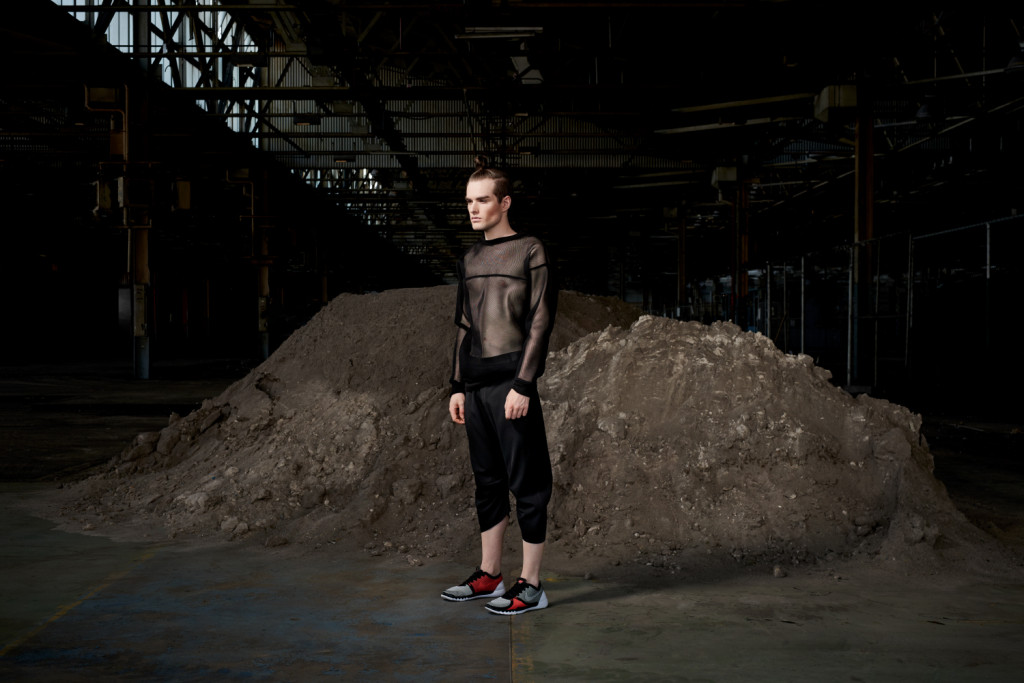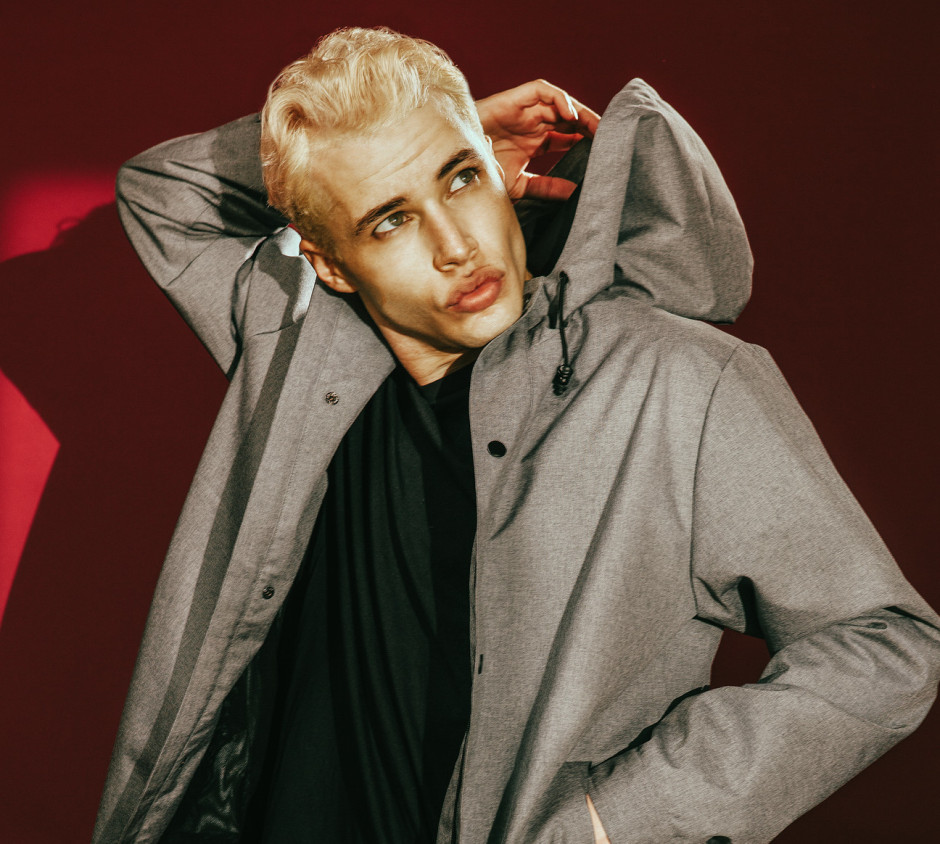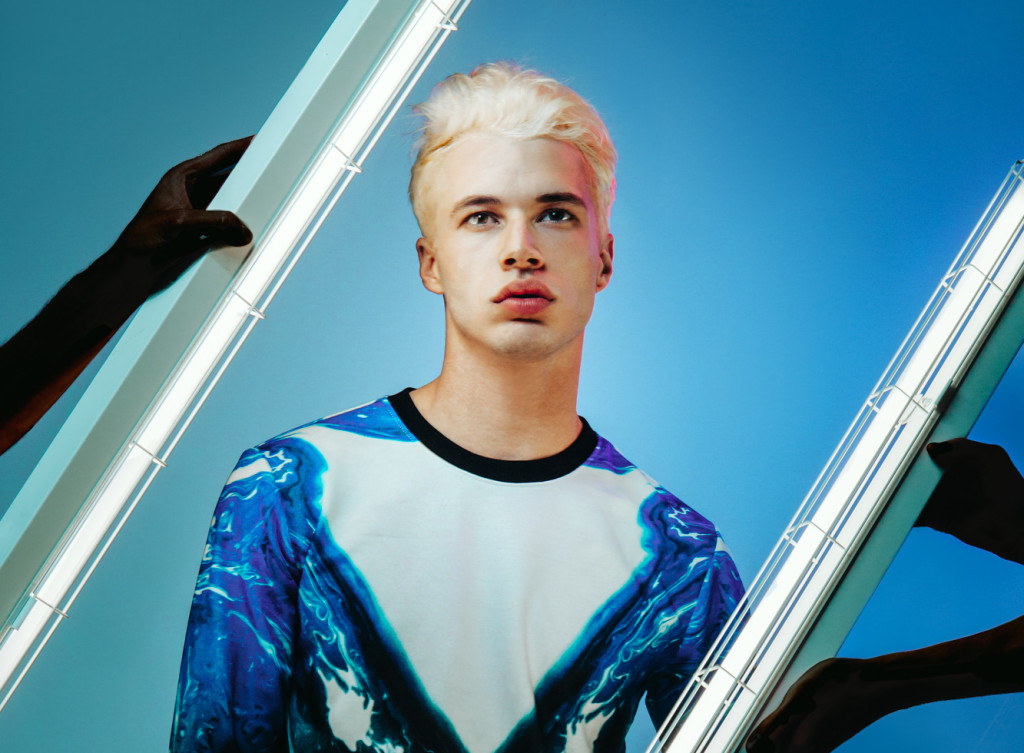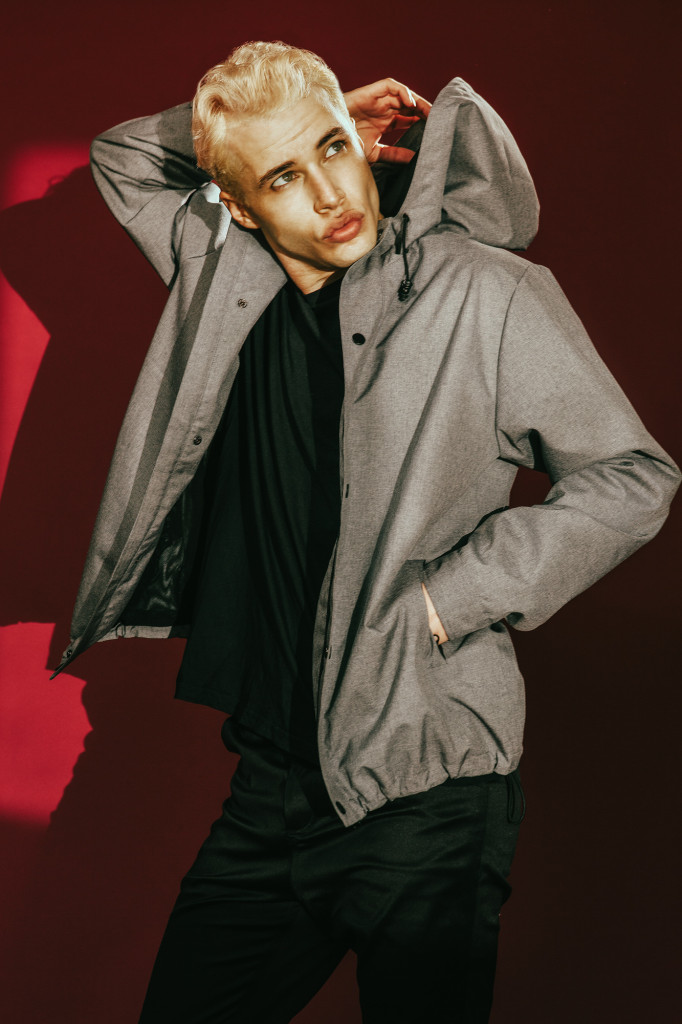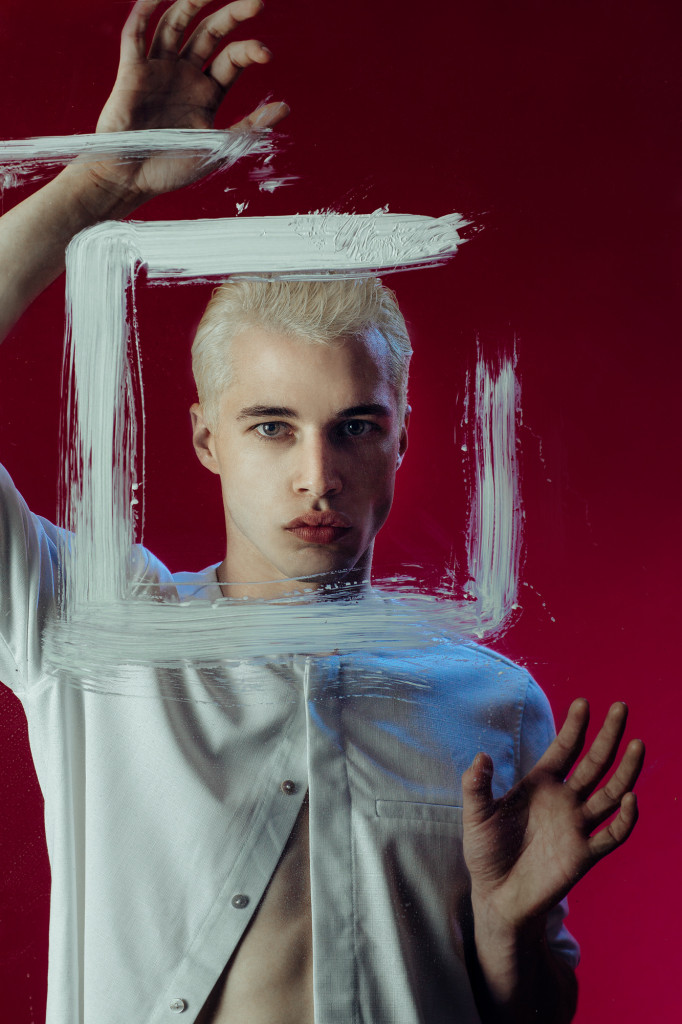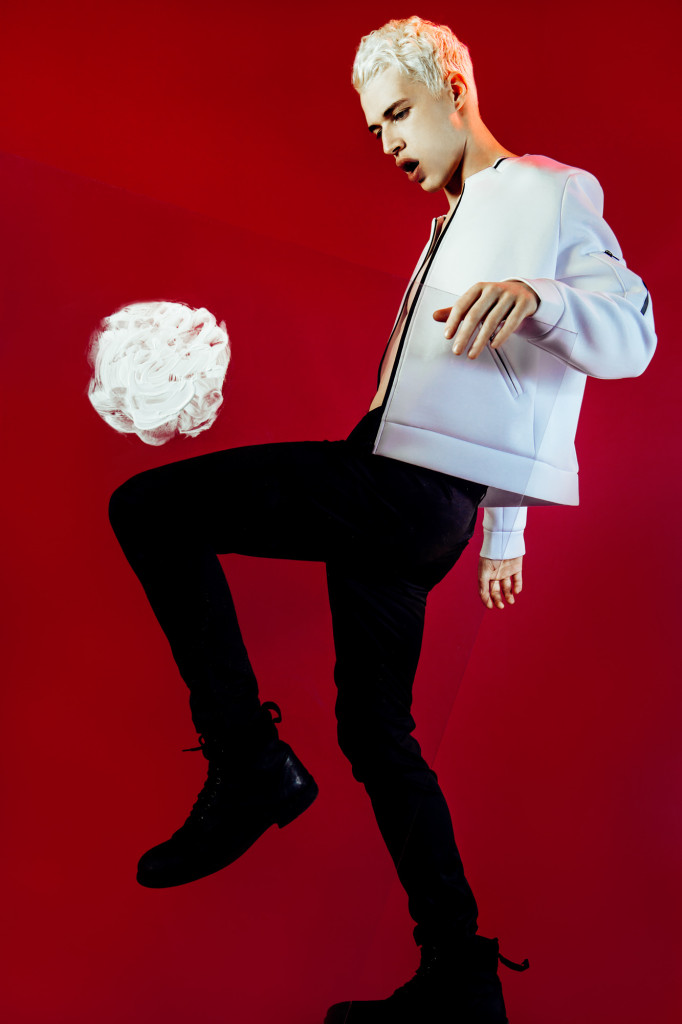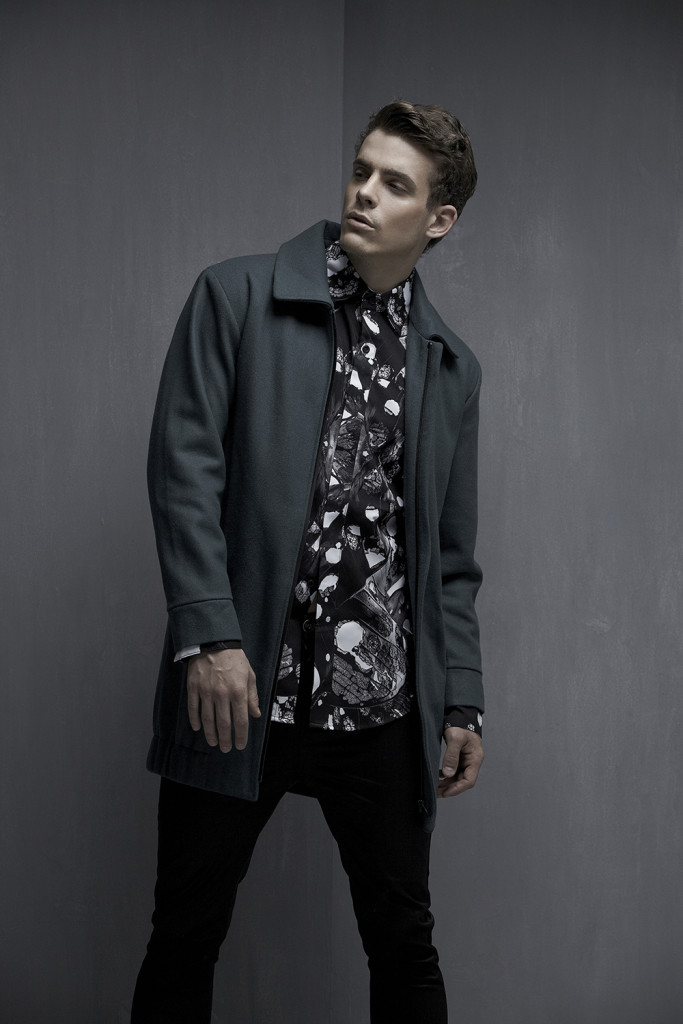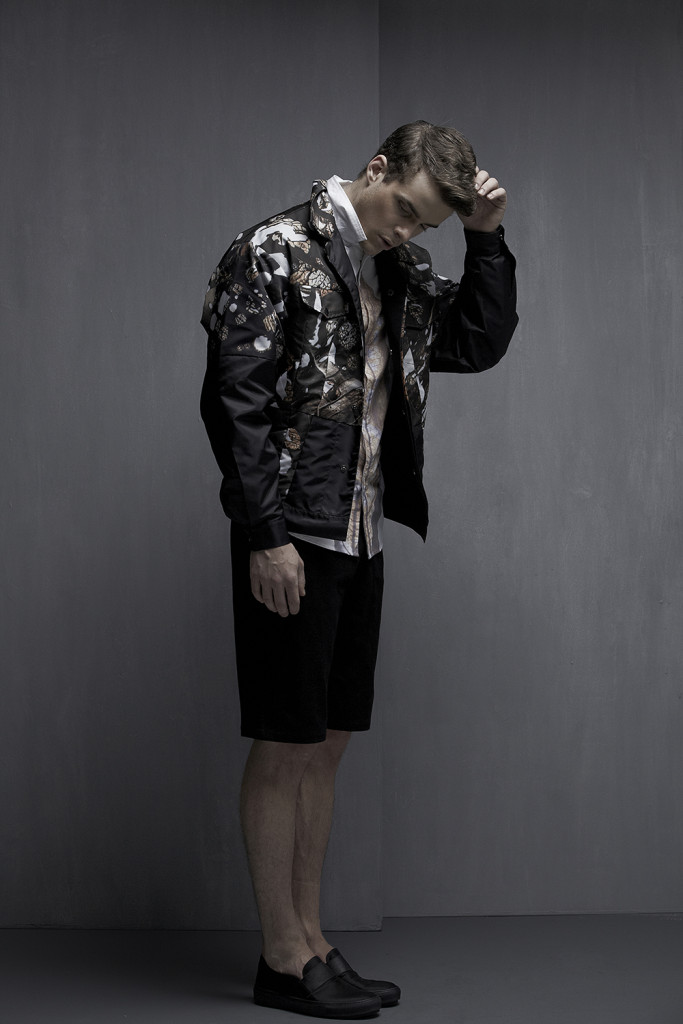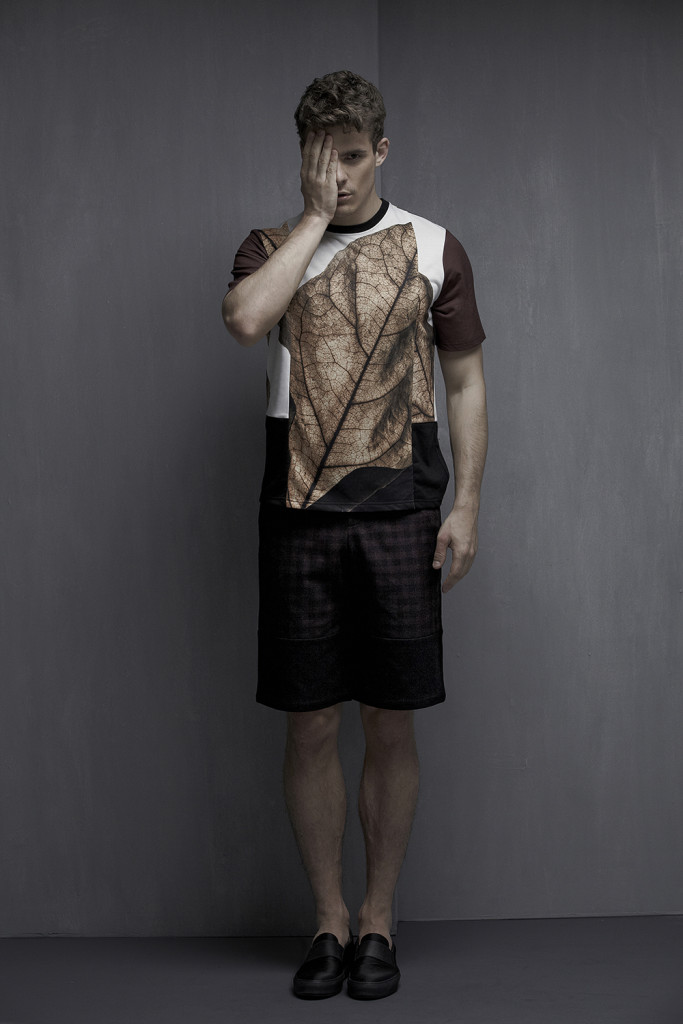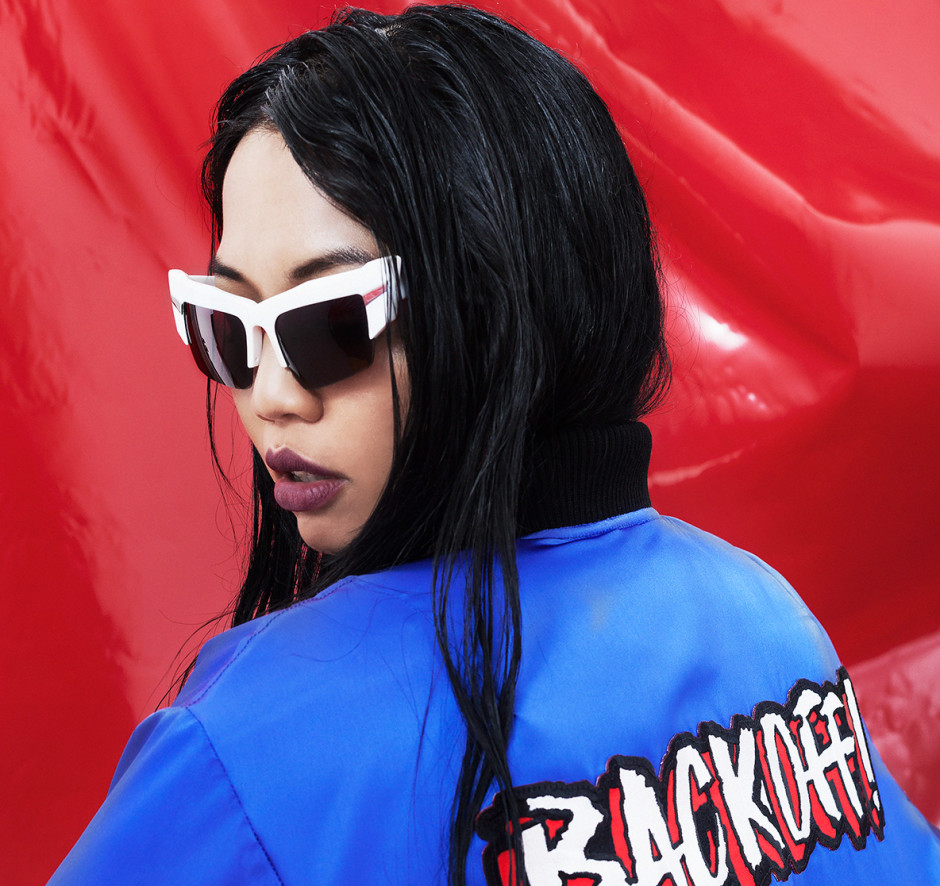The fashion industry has changed dramatically over the past five years. Having an international presence is very important. Adhering to a strong brand vision.
Sarah Schofield
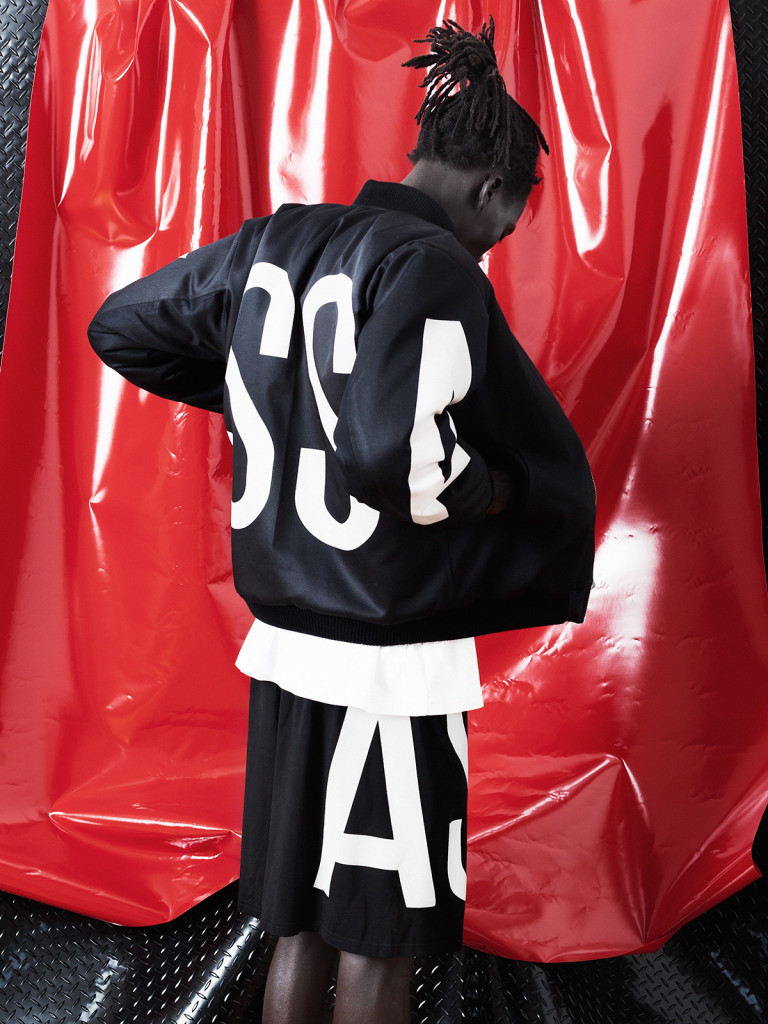
Photographer | Elliott Lauren
MUA/Hair | Holly Rose Butler
Models | Chadwicks
I am in the process of gearing myself up for Melbourne Fashion Week. During my usual reconnaissance of scouring interesting fashion food in the lead up, I was fascinated by the street label simply know as ASSK, and quite simply blown away by the photography surrounding their Autumn/Winter 2015 and Spring/Summer 2016 campaigns.
Of course my first question was how the name was birthed.
ASSK is an anagram of the designers initials. Sarah Schofield and Agatha Kowalewski. The girls have been living in Paris working in the fashion industry for a few years. Sarah was working at Louis Vuitton, and Agatha was working as a stylist when they started ASSK in 2013. Their business and studio are based there and they have press offices in Paris and in NY.
Both girls are originally from Australia, and Melbourne especially has remained really important to ASSK.
They sell through Distal Phalanx in Melbourne, and have a really strong base there.
They are really excited to be back home and showing in the Discovery Runway at VAMFF.
Their label has been heavily influenced by technology and internet culture.
The internet has always played a big part in the ASSK brand. Agatha and Sarah first connected on the internet and worked with Melbourne artist Oliver van der Lugt over the internet for two years before they met.
Their first four collections were sold via the internet over look books to people they didn’t know. In places they had never visited.
This interconnectivity through technology has been very important to them.
On the topic of inspiration, they are always interested in current pop culture and movements about the future. They are never interested in looking back at the past.
They are inspired by sub-cultures, and their new ability to form online. Once the emergence of sub-cultures was quite localised. Like the Punk movement in London. They now celebrate disparate individuals across the world meeting and connecting over shared interests and beliefs.
Interestingly, their garments are made in Poland close to Wroclaw. This is where Agatha’s family comes from.
They also make some sublimation garments in China. Although expensive, it serves a good purpose as it allows us to have access to top quality machinery. For their customer, this means “super detailed effects”.
I simply cannot wait to see what this label comes up with on the Runway at VAMFF. Any wonder these two girls are enjoying the sweet smell of success.
Enjoy xx
Jade
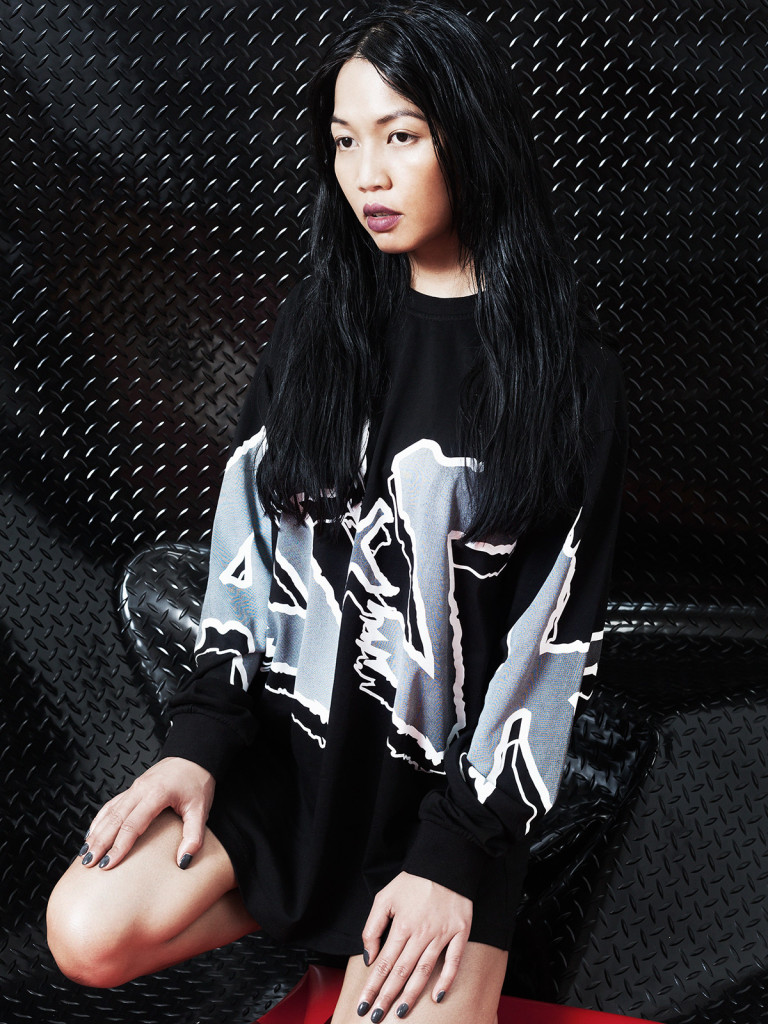
Photographer | Elliott Lauren
MUA/Hair | Holly Rose Butler
Models | Chadwicks
LM
Do you feel that art & fashion belong together on the Runway?
ASSK
Yes. I definitely believe that there are strong links between fashion and art on and off the runway.
I think that the more recent trend for designers to show in presentations rather than traditional runway gives a chance for people to be free and creative. To lean closer to an immersive experience or performance art.
LM
Do you believe that editorial or social media gives your label the most beneficial exposure?
ASSK
Editorial and social media are two very different things.
Editorial exposure can be quite hard to get. Often clothing goes out on a lot of shoots, but that doesn’t mean it will make it onto the model. Or that the image will be visible in a magazine. Hopefully, the stylist will let you know about the photo, but often it is represented in poor taste (like a caucasian model with cornrows) and you can’t publicise it.
But when it does come together and a beautiful image is featured in a great magazine, it’s awesome!
Traditional editorial press is still important to become known by top stylists, photographers and editors.
Social media is great for gaining new fans and having a direct line to them.
It allows the opportunity to strengthen the brands image and reach people all over the world with ease. It provides a way of knowing who buys the clothes and how they style them. Our fans are really creative and create a lot of great content for us – they tag us in everything!
LM
What is your view of the way young women dress today? Do you feel that some of them tend to dress the same?
ASSK
I think the way young people dress today is great, and while there is often local or global trends, I wouldn’t say that people dress the same.
Today there is more freedom than ever before for young people to be whoever they identify as and dress how they like.
I think that the internet has allowed more freedom as well. Connecting to different communities online makes us open to ideas and have access to different clothing.
We devoured issues of ‘The Face’ which were often months out of date by the time they reached Australia. now you have much more There is much greater access to visuals and clothing now.
LM
Would you describe your label as street style?
ASSK
Yes. We would identify as ‘street style’. As the brand has developed it has become more ready-to-wear rather than just simple t-shirts and hoodies.
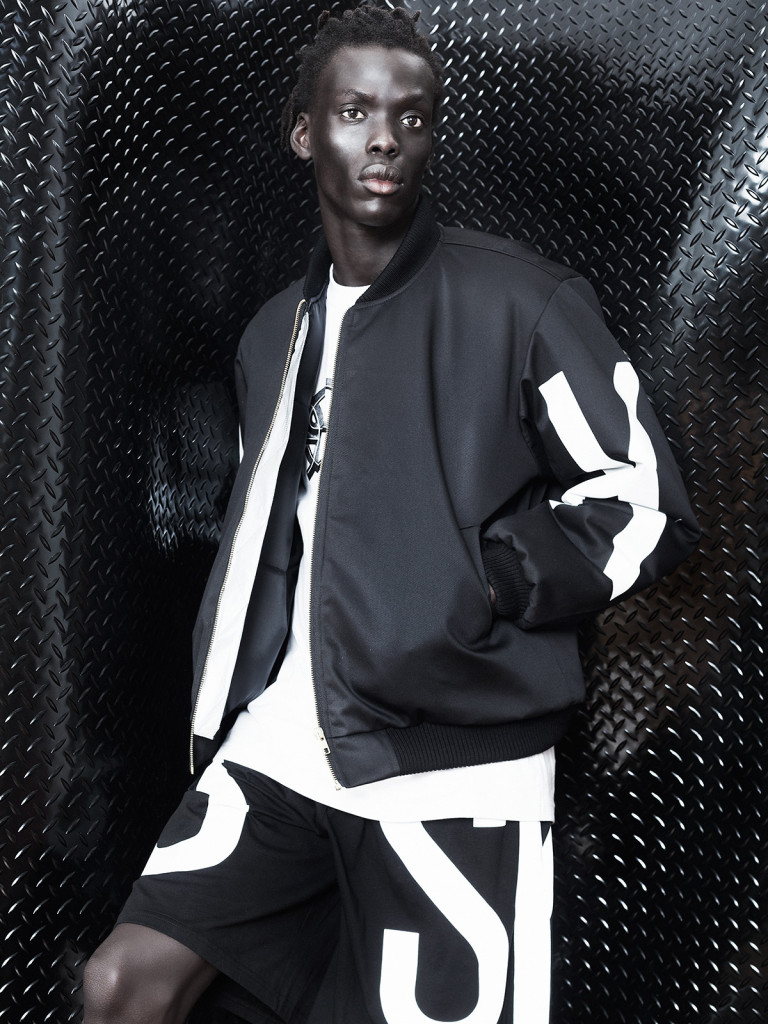
Photographer | Elliott Lauren
MUA/Hair | Holly Rose Butler
Models | Chadwicks
LM
Do you think it is difficult for emerging designers to receive sponsorship opportunities?
ASSK
I don’t think so. I think there is a lot of opportunities for designers to look for sponsorship. Many companies are excited by the ‘glamourous’ idea of being linked with young fashion brands.
Nothing is ever going to come easy as a young designer, but it is all about being creative and aligning yourself with companies which have similar goals.
LM
Do you believe that it is easier for emerging designers to achieve faster and greater success outside of Australia?
ASSK
No not at all. I think that it is definitely easier in some countries, such as England, with the support offered.
Australia also has its advantages. People see it as interesting and innovative. Australians are inventive problem solvers. It is a very easy and efficient place to start a small business.
Today with new ways of disseminating brand image and innovative ways of selling to international buyers, there is no reason why Australian brands can’t be as successful as designers based overseas.
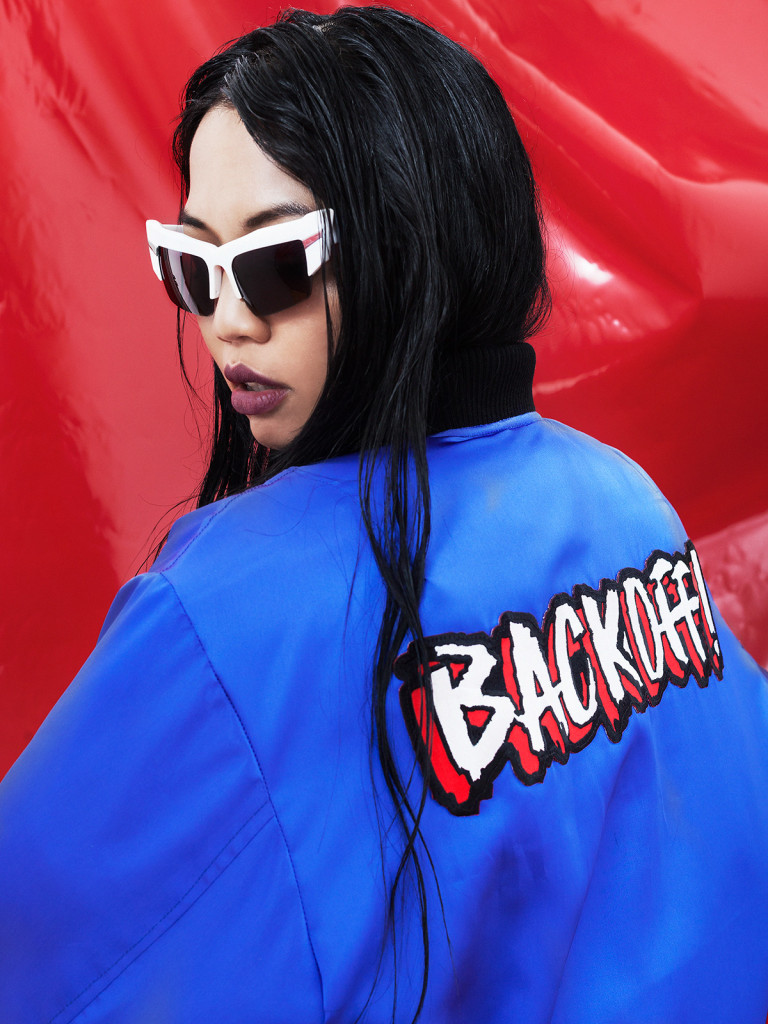
Photographer | Elliott Lauren
MUA/Hair | Holly Rose Butler
Models | Chadwicks
LM
Why do you think it is so hard for emerging designers to get off the ground in Australia?
ASSK
I think that it is for two reasons.
Firstly, most of the emerging designers in Australia launch their brand on graduating university.
I think to increase your likely hood of success you first need to gain a good level of industry experience, strong industry connections and have a solid amount of money saved.
Secondly, I think that many people are following the same pattern that other older Australian designers have followed and failed with.
They graduate, launch a brand with little experience, have the overheads of a studio before selling anything, and they focus on the local market for years believing they need to make it here before trying overseas.
The fashion industry has changed dramatically over the past five years. Having an international presence is very important. Adhering to a strong brand vision.
Trying to flood a small commercial pool means the reliance on the strength of one market or one currency.
LM
Do you believe that the Runway is an essential tool to show a fashion collection?
ASSK
I believe that within the first two years a designer needs public presentation of their work. It doesn’t have to take the form of runway, but it is important for press and buyers. It is a way to solidify a vision through all the aspects … invitation to music to casting.
It often becomes a springboard for new ideas to continue with in the future.
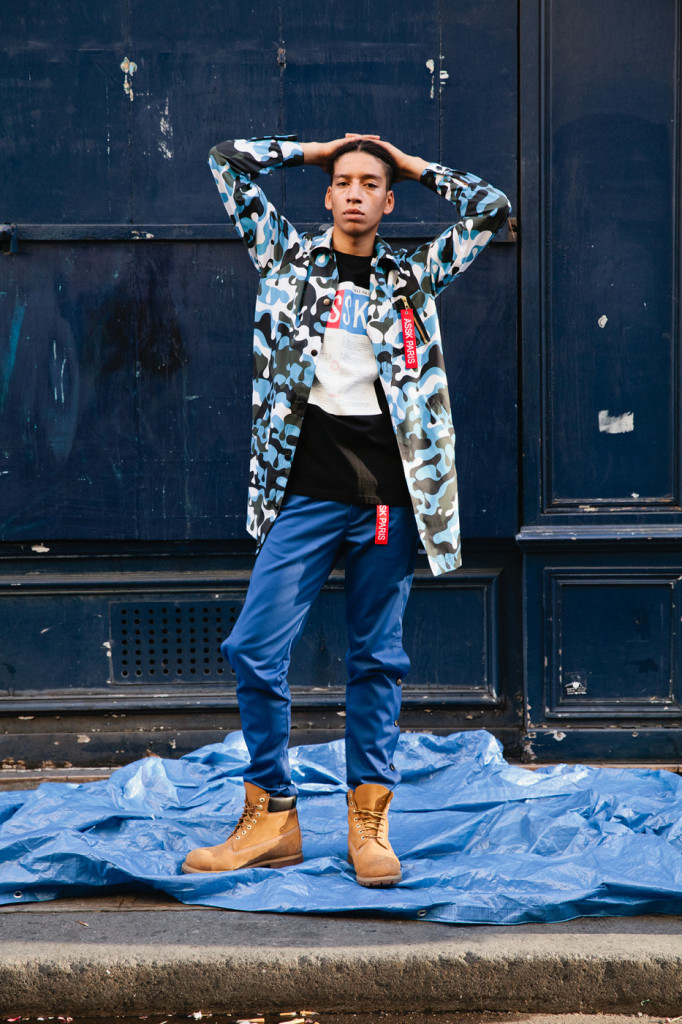
Photography | Christelle de Castro
Models | Chadwicks
LM
What are your thoughts regarding ethical and sustainable practices?
ASSK
I think that brands should absolutely try and work within the highest ethical and sustainable practices, both in their production and in their everyday studio life.
LM
Where would you like to see your label in five years?
ASSK
We don’t know! We have had a great time and great success, but being a small brand is very hard. Especially because we never set out to have a brand, it was a creative project which snowballed in popularity and grew too quickly.
We are currently working on a plan to have better balance in the company. We need more time to be creative and less time wading through emails. Ideally the brand would become a more manageable collaborative project again, working with artists and creatives. We would release small capsule collections outside of the fashion calendar.
LM
Do you believe that the difficult times in Australian fashion can be solved by collaborative efforts to help one another?
ASSK
I believe that people working collaboratively is very important, not only for projects but in the sharing of information. It can be really hard to start out and nobody wants to be seen as struggling in a small competitive fashion industry.
Sometimes the most generous thing you can give is the truth.
LM
Do you think fashion industries outside of Australia enjoy more connectivity and a more cohesive culture?
ASSK
Not necessarily. I think that each industry and each country/city has its pros and cons.
London is great because of the support offered to young designers, but it’s living costs have become insane.
Paris has amazing fashion houses and history, but it is a very hard place to assimilate into and run a small business.
New York has an amazing young scene with artists and energy, but the work pace is intense and the city is still dominated by big commercial business.
Everywhere has its good and bad side. Australia has great advantages. People shouldn’t get bogged down by feeling that we are missing out.
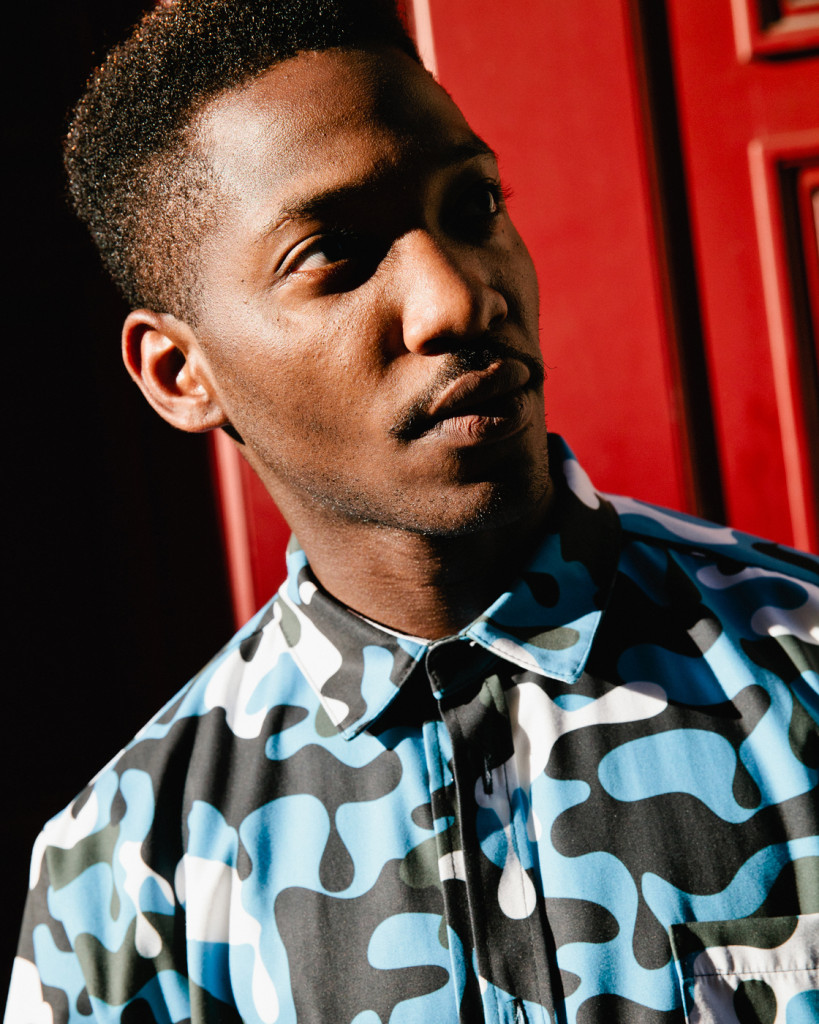
Photography | Christelle de Castro
Models | Chadwicks
LM
Who are your favourite Australian and international fashion designers?
ASSK
In Australia I love Maticevski. He creates beautiful clothing and I admire his success.
Internationally, I love Raf Simons for Dior, especially the couture – I love almost all Haute Couture!
Agatha and I both love Vetements. We are friends with many of their collaborators and their energy has changed Paris. I feel ver hopeful for what Demna Gvasalia will now do at Balenciaga.
I also love Hood By Air. I would not buy any of their clothes however, I think what they have achieved is incredible. They started from nothing and have actually changed fashion and created a certain culture – not many designers can say that.
Their brand identity is so strong and individual. Their presentations are some of the best I have ever seen.
LM
What is your view of social media as a platform for the exposure of fashion?
ASSK
I think social media is great, it has definitely influenced the way that we communicate with people. Through Instagram we have a direct line with our fans and customers all over the world. We have made friends, met collaborators and connected with people, which would otherwise have been impossible with the old media.
LM
What do you believe is the impact of “fast fashion” on a label such as yours?
ASSK
I don’t know if fast fashion has an impact on our brand. We learnt early on that our customer likes individual pieces and the crazier the better!
We don’t need to worry about relying on selling basics, and our designs often have complicated prints and small details that you don’t find in mass-market clothing.
I think it’s really bad when mass-market blatantly rips off young designers. Their accelerated supply chain allows for quicker in-store product placement, but I think customers are becoming more aware. The internet has made it possible to call-out ‘the copiers’.
We have had a few copies and there is counterfeit ASSK out there, but it’s not at the point where it affects our bottom line or brand image. We laugh it off and keep going.
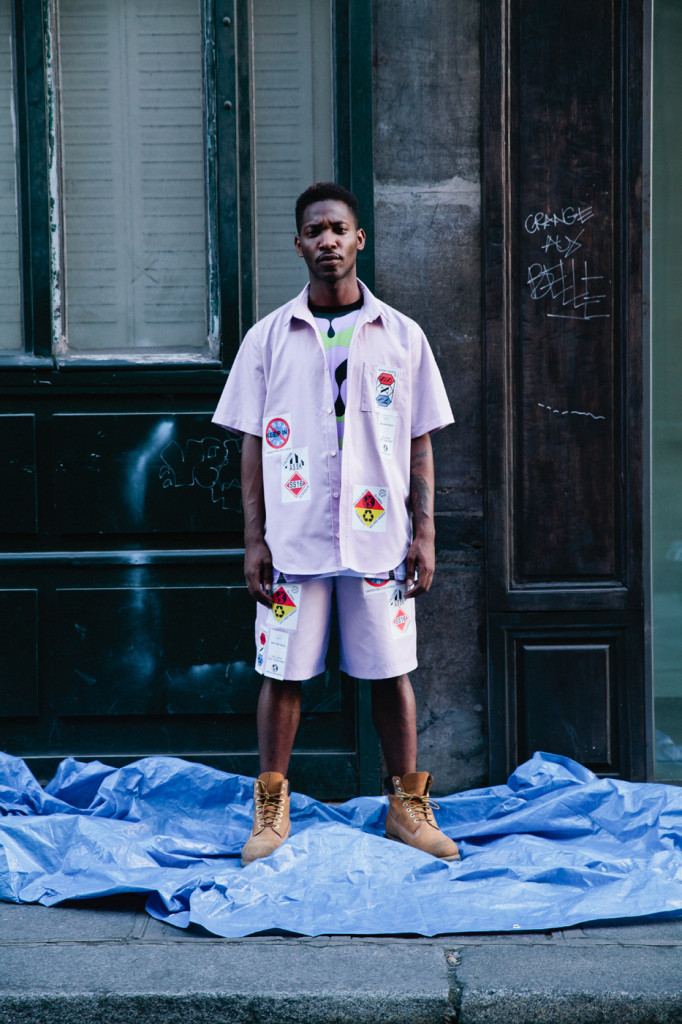
Photography | Christelle de Castro
Models | Chadwicks
LM
What would you regard as the ultimate success for your label?
ASSK
The dream would be for ASSK to release several small capsule collections each year in collaboration with different artists and designers. To stay true to our ideals and creativity.
Our personal dreams are to have the time to return to our individual careers. Mine as a creative consultant for emerging brands, and working as a designer inside a luxury fashion house in Paris again. Agatha’s … working in the nutrition and fitness industry.
Love ASSK here.
ASSK clothing can be purchased in Australia at Distal Phalanx in Melbourne.
Can’t wait to see what these guys come up with at VAMFF 2016.
See you on Instagram!
Until next time,
Jade xx

Accreditations:
Autumn/Winter 2015
Photography: Elliott Lauren
MUA/Hair: Holly Rose Butler
Models : Chadwicks (Prince, Karina and Andy)
Spring/Sumer 2016
Photography: Christelle de Castro
Models: Chadwicks (Malick and Dourane)
